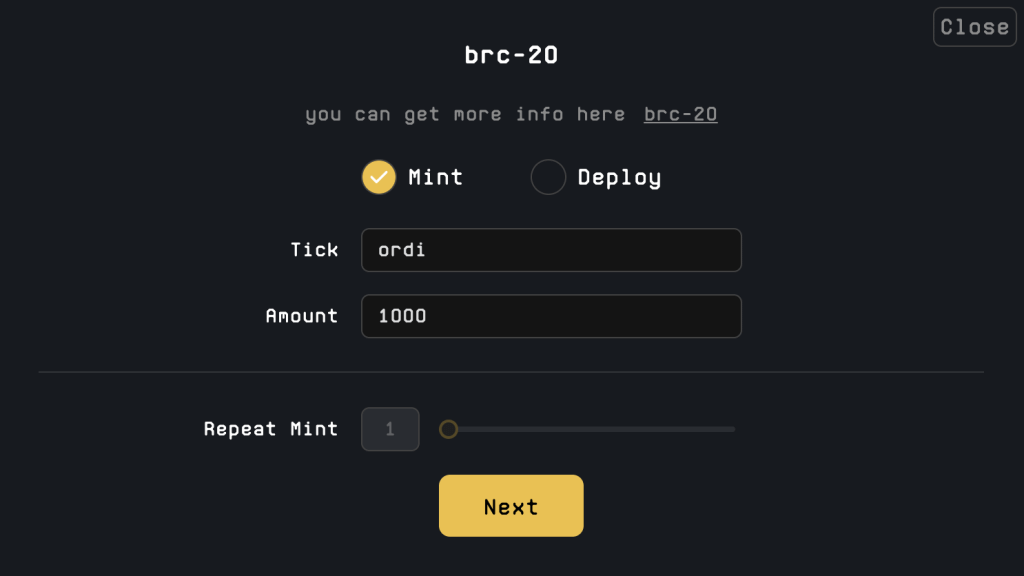Enthusiasm for Bitcoin NFTs intensifies as one individual discovers a way to produce “fungible tokens” utilizing the Ordinals protocol. Users create meme tokens in the aftermath.
- Bitcoin non-fungible tokens (NFTs) grow as one individual discovers a new way to produce “fungible tokens” using the Ordinals protocol.
- “BRC-20” is a new approach that employs Bitcoin technology, driving the surge in Ordinal Inscriptions to 31,700.
- Many users have began deploying meme-inspired tokens like Pepe, Meme, and Doge using the BRC-20 and Ordinals standard.

What is BRC-20?
The BRC-20 token standard is a recent experiment that came to light on March 8 by a data enthusiast, Domo (who prefers to remain anonymous).
Domo took to Twitter to share his new invention:
This new technology utilizes Ordinal inscriptions of JSON data to deploy token contracts, mint tokens, and transfer tokens. Moreover, it employs similar to Ethereum’s ERC-20 token standard. However, it’s still in the beginning stages of development.
Technicalities Behind the First BRC-20 Token
The first token contract deployed by Domo was for the “ordi” token, consisting of a limit of 1,000 tokens per mint and 21,000,000 tokens total.
The implementation was inspired by another anonymous Twitter user and the Sats Names (.sats) standard.
Domo experimented with BRC-20 by attempting to apply the .sats name format for creating it. By using inscriptions, he was able to develop a fungible Bitcoin token for the first time.
Following the launch, Ordinal wallets, including Unisat, quickly deployed tooling for the BRC-20 standard. As a result, in 18 hours at maximum, 21M ordi tokens were minted. However, an additional 1.5M ordi tokens were pending due to not being within the limit.
Consequently, users began deploying meme-inspired tokens like Pepe, Meme, and Doge via BRC-20 and Ordinals.
Although this creation was meant as “harmless” fun, such minting significantly increased Bitcoin’s transaction fees. In fact, the BRC-20 experiment currently has tons of flaws.
Following this, Domo warns against mass-minting such tokens on Twitter, saying they are worthless. Instead, advising more builders to create their own code to design more durable solutions.
Nevertheless, various tools will likely emerge to deploy, mint, send and receive BRC-20 tokens — to safely establish a fungible token standard for Bitcoin in time to come.
Subscribe to the NFT Lately newsletter to receive news covering the latest NFT-related drops, releases, reviews, and more.




